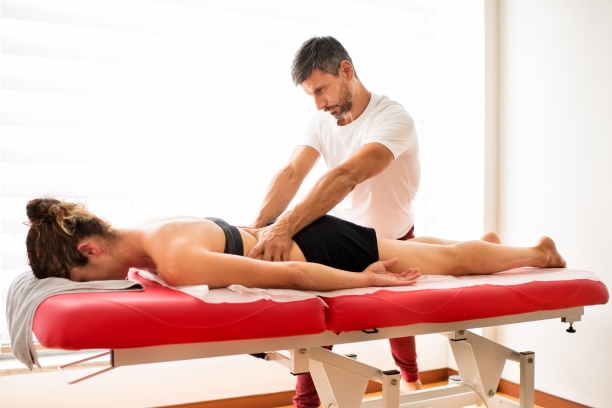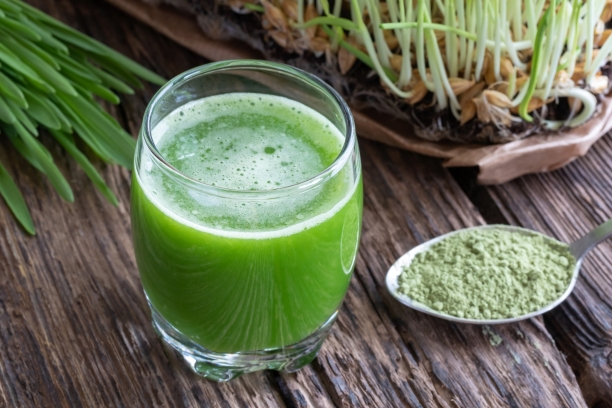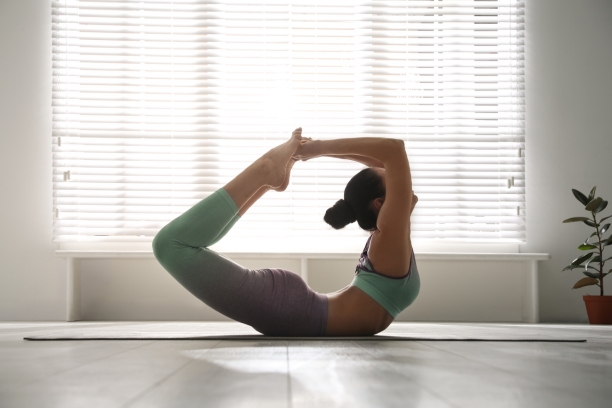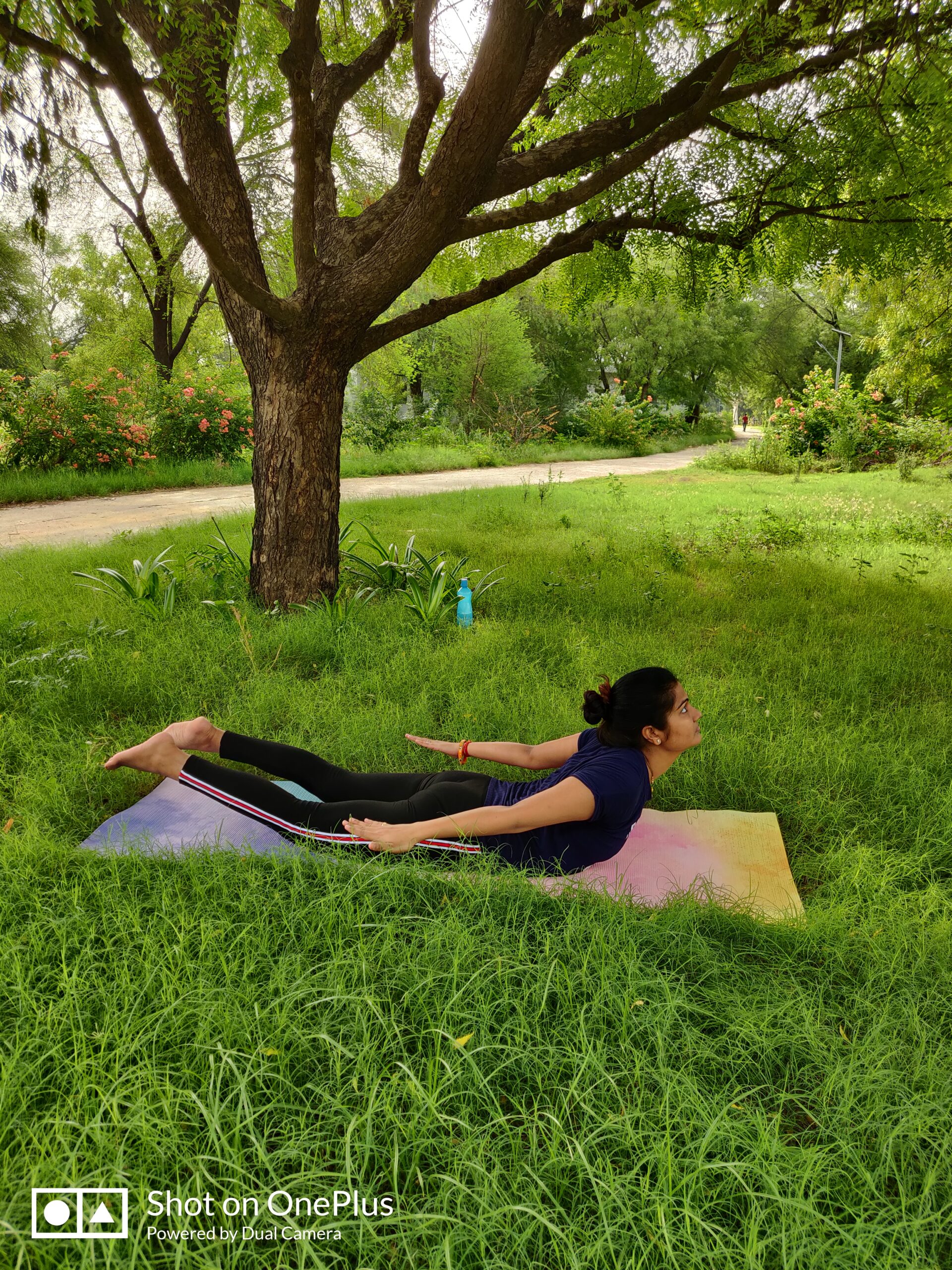Naturopathic Treatments and Therapies for Cervical and Lumbar Spondylitis
Cervical and lumbar spondylitis can cause significant discomfort and impairment in daily life. While conventional treatments often involve medications and surgery, naturopathic approaches offer holistic and non-invasive alternatives. In this section, we will explore naturopathic treatments and therapies for managing cervical and lumbar spondylitis.

Table of Contents
Understanding Spondylitis
- Introduction to Cervical and Lumbar Spondylitis
- What Is Spondylitis?
- Types of Spondylitis
- Causes and Risk Factors
- Symptoms and Diagnosis
- Recognizing the Warning Signs
- Diagnostic Procedures

Conventional Treatments
- Medical Interventions
- Medications for Pain and Inflammation
- Physical Therapy
- Surgical Options
Causes and Symptoms of Cervical and Lumbar Spondylitis
Cervical and lumbar spondylitis are common spinal conditions that affect the neck and lower back, respectively. Understanding the causes and recognizing the symptoms are essential for early diagnosis and effective management. In this section, we will delve into the causes and symptoms of these spinal conditions.
Table of Contents
Cervical Spondylitis
- Introduction to Cervical Spondylitis
- Defining Cervical Spondylitis
- Prevalence and Risk Factors
- Causes of Cervical Spondylitis
- Age-Related Changes
- Herniated Discs
- Lifestyle Factors

- Symptoms of Cervical Spondylitis
- Neck Pain and Stiffness
- Radiating Arm Pain (Radicular Pain)
- Numbness and Tingling
- Muscle Weakness
- Headaches and Dizziness
- Difficulty in Swallowing
Lumbar Spondylitis
- Understanding Lumbar Spondylitis
- Defining Lumbar Spondylitis
- Prevalence and At-Risk Groups
- Causes of Lumbar Spondylitis
- Degenerative Changes
- Disc Herniation
- Lifestyle and Occupation

- Symptoms of Lumbar Spondylitis
- Lower Back Pain and Stiffness
- Sciatica
- Muscle Weakness
- Numbness and Tingling in the Legs
- Altered Bowel and Bladder Function
- Difficulty Walking
Distinguishing Between the Two
- Cervical vs. Lumbar Spondylitis
- Differentiating Symptoms
- Diagnostic Challenges
Risk Factors and Prevention
- Identifying Risk Factors
- Age and Genetics
- Occupational Hazards
- Lifestyle Choices
- Preventive Measures
- Ergonomic Practices
- Exercise and Physical Activity
- Dietary Considerations

Naturopathic Approaches
- Understanding Naturopathy
- Principles of Naturopathic Medicine
- Naturopathic Philosophy in Spinal Health
- Nutritional Therapy
- Nutritional therapy focuses on using the healing power of whole foods and nutrients to support the body’s natural healing processes. For cervical and lumbar spondylitis, an anti-inflammatory diet rich in fruits, vegetables, omega-3 fatty acids, and antioxidants can help reduce inflammation and support tissue repair. Nutritional therapists may also recommend supplements like glucosamine and chondroitin sulfate to promote joint health.

- Hydrotherapy
- Hydrotherapy involves the use of water in various forms (hot or cold baths, compresses, and steam) to relieve pain, improve circulation, and relax muscles. For spondylitis, hydrotherapy can reduce muscle tension and discomfort, particularly in the lumbar region. Alternating hot and cold water treatments can stimulate blood flow, reduce inflammation, and ease pain.

- Detoxification
- Detoxification therapies aim to eliminate toxins and waste products from the body, which can contribute to inflammation and pain. Techniques like fasting, juice cleanses, and herbal detox programs may be used to support the liver and kidneys in their natural detoxification processes. Detoxification can enhance overall well-being and reduce the inflammatory burden on the body.

- Mind-Body Practices
- Mind-body practices, such as mindfulness meditation, tai chi, and qigong, can help manage pain, improve flexibility, and reduce stress. These practices promote relaxation and enhance the mind’s ability to cope with chronic pain. Regular mindfulness meditation, in particular, has been shown to have a positive impact on pain perception and overall quality of life.

Specific Therapies
- Physical Therapy
- Physical therapy involves tailored exercises and stretches designed to improve mobility, strengthen muscles, and correct posture. A physical therapist can work with individuals to develop a personalized exercise plan that targets the specific needs of cervical and lumbar spondylitis patients. Physical therapy can help restore function and reduce pain.

- Herbal Remedies
- Herbal remedies can offer natural pain relief and anti-inflammatory effects. Herbal supplements like turmeric, ginger, boswellia, and devil’s claw have been used traditionally for their analgesic and anti-inflammatory properties. Naturopathic practitioners may recommend herbal formulas to manage spondylitis symptoms.

- Massage Therapy
- Massage therapy can provide relief from muscle tension, reduce pain, and improve circulation. Different massage techniques, such as Swedish massage, deep tissue massage, and myofascial release, can target specific areas of discomfort associated with cervical and lumbar spondylitis. Regular massages can enhance relaxation and promote healing.

- Acupuncture and Acupressure
- Acupuncture and acupressure involve stimulating specific points on the body to alleviate pain and promote healing. Acupuncture uses fine needles, while acupressure uses pressure from fingers or hands. Both techniques can help manage pain, improve muscle function, and enhance overall well-being in spondylitis patients.

Lifestyle and Prevention
- Healthy Lifestyle Habits
- Importance of Good Posture
- Ergonomics at Work and Home
- Sleep Hygiene
- Preventive Measures
- Early Detection and Intervention
- Regular Exercise and Stretching
- Stress Management Strategies
Yogasanas and Yogic Management for Cervical and Lumbar Spondylitis
Yoga, with its rich history and diverse practices, offers a holistic approach to managing cervical and lumbar spondylitis. In this section, we delve into specific yogasanas (yoga poses) and yogic management techniques that can help alleviate pain, improve flexibility, and enhance spinal health.
Yogasanas for Cervical Spondylitis
- Tadasana (Mountain Pose)
- Technique and Alignment
- Benefits for Neck and Posture

- Vrikshasana (Tree Pose)
- Balancing and Stability
- Stress Reduction and Focus

- Bhujangasana (Cobra Pose)
- Spinal Extension
- Strengthening Neck Muscles

- Ardha Chandrasana (Half Moon Pose)
- Balance and Coordination
- Stretching and Strengthening

- Setu Bandhasana (Bridge Pose)
- Neck and Spine Support
- Relaxation and Stress Reduction

- Dhanurasana (Bow Pose)
- Strengthening the Back
- Promoting Flexibility

Yogasanas for Lumbar Spondylitis
- Virabhadrasana II (Warrior II)
- Lower Back Strength
- Enhancing Lower Body Alignment

- Trikonasana (Triangle Pose)
- Stretching and Lengthening
- Improving Spinal Flexibility

- Matsyasana (Fish Pose)
- Arching the Spine
- Relieving Lower Back Discomfort

- Halasana (Plow Pose)
- Decompression of the Spine
- Stretching the Lower Back

- Sarvangasana (Shoulder Stand)
- Inversion Benefits
- Strengthening the Core

- Sarvangasana (Shoulder Stand)
- Relaxation and Stress Reduction
- Promoting Mind-Body Connection

Yogic Management Techniques
- Pranayama (Breathing Exercises)
- Anulom Vilom Pranayama
- Sheetali Pranayama
- Kapalbhati Pranayama
- Bhastrika Pranayama
- Surya Namaskar (Sun Salutation)

- Kriyas (Cleansing Techniques)
- Kunjal Kriya
- Jal Neti
- Dhauti Kriya

- Meditation and Mindfulness
- Benefits for Pain Management
- Stress Reduction and Relaxation
- Yogic Philosophy
- Incorporating Yogic Principles into Daily Life
- Cultivating Patience and Acceptance
Conclusion:
This guide empowers you to take a comprehensive and holistic approach to managing cervical and lumbar spondylitis.By exploring these naturopathic treatments and therapies, you can gain insights into alternative approaches for managing cervical and lumbar spondylitis.Yoga, when practiced mindfully and regularly, can be a powerful tool in managing both cervical and lumbar spondylitis. These yogasanas and yogic management techniques not only provide physical relief but also contribute to mental and emotional well-being.




